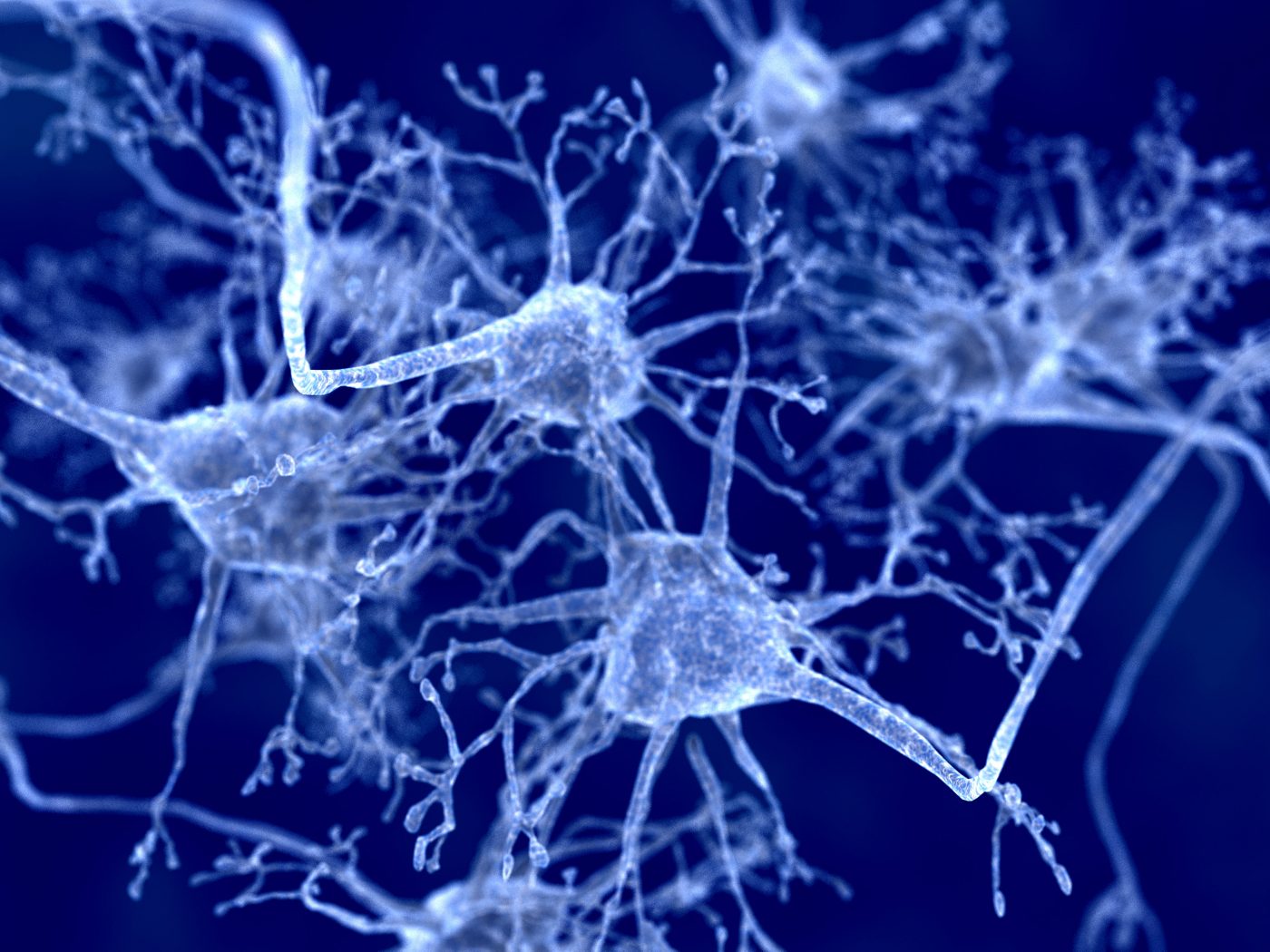Kidney Protein Plays Key Role in Brain Axonal Branching

A protein, known for its role in the kidneys, has been identified by University of Louisville scientists as a key player in axonal branching – a process by which nerve cells extend processes to connect to other nerve cells. The discovery of the protein’s crucial role will shed light on conditions where the process goes awry, such as in Huntington’s disease, and might pave the way for new treatment avenues.
It was not long ago the Louisville research group, led by Jeffrey Petruska, an associate professor in the Department of Anatomical Sciences and Neurobiology and the Department of Neurological Surgery, determined that the CD2AP protein played a role in brain processes. During a screening for genes involved in neuron growth, the kidney-related factor came up as a surprising hit.
In the new study, published in The Journal of Neuroscience, the team followed up on the protein, investigating what exact role it was playing in nerve growth, and how it interacted with other factors involved in the process. Researchers focused particularly on the proteins’ relationship to nerve growth factor (NGF), because of its already understood role in the processes.
“People have been studying nerve growth factor and the responses it induces for a while, but this protein (CD2AP) forms a nice link between NGF and the response in the cell,” lead author Benjamin Harrison said in a press release.
The study, “The Adaptor Protein CD2AP Is a Coordinator of Neurotrophin Signaling-Mediated Axon Arbor Plasticity,” the first to investigate the role of the protein in the brain, showed that CD2AP functions as an adaptor protein, coordinating an array of other factors that regulate axonal branching.
In healthy neurons, axonal branching is a crucial part of the brain’s ability to learn and adapt to new circumstances, but the process can be impaired, such as in neurodegenerative diseases. The same process can also be uncontrollably increased, leading to other conditions.
Harrison said targeting the molecule could help the body’s natural healing progress to coordinate the appropriate growth.
“CD2AP brings in all the correct players, forms a multi-protein complex and coordinates that multi-protein complex to achieve growth of the neurons,” said Harrison. “There are a whole bunch of proteins that it could bring together, but it only brings together the correct proteins to create the correct response. In this case, it changes the structure of the axons through sprouting and elongation.”






